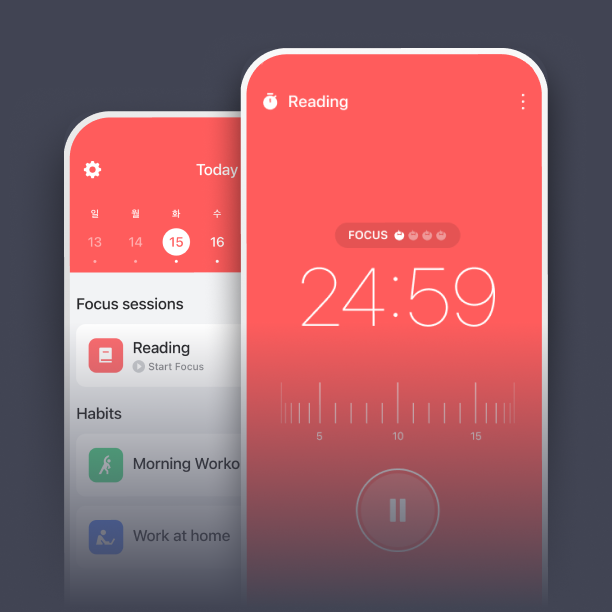What is remote work balance?

What is remote work balance?
The concept of remote work balance has emerged as a crucial topic in today’s workforce. With the rise of remote jobs, many professionals are grappling with the challenge of sustaining an effective work-life balance while working from home. Balancing responsibilities at home with the demands of a job can be tricky, leading to stress and burnout. Understanding what remote work balance means and how to achieve it is key to not only boosting productivity but also enhancing overall well-being.
Understanding Remote Work Balance
Remote work balance refers to the ability to effectively manage work responsibilities alongside personal life in a way that promotes productivity and minimizes stress. It’s about finding harmony between your job duties and personal time. In the context of remote work, this balance is especially relevant as the lines between work and home often blur.
The Shift to Remote Work
The transition to remote work has significantly altered traditional work-life balance. The flexibility of working from home can be both a blessing and a curse. On one hand, it allows for reduced commuting time and greater control over one’s schedule. On the other hand, it can lead to an “always-on” mentality where the boundaries of work and personal life start to disappear. This shift necessitates intentional strategies to maintain a healthy balance.
Key Elements of Remote Work Balance
Achieving remote work balance involves several core components. These include:
- Time Management: Effectively allocating time for work tasks and personal activities.
- Setting Boundaries: Clearly defining when work starts and ends to avoid overlap.
- Creating a Dedicated Workspace: Having a specific area in your home designated for work can enhance focus and productivity.
Understanding these elements can help you navigate the challenges of remote work and establish a routine that fosters balance.
Strategies for Achieving Remote Work Balance
To maintain a healthy remote work balance, individuals can implement various strategies tailored to their unique needs.
Time Management Techniques
Effective time management is essential for remote workers. Here are a few techniques you can try:
- Pomodoro Technique: Work in bursts of 25 minutes followed by a 5-minute break. This method can help maintain focus and prevent burnout.
- Block Scheduling: Allocate specific time blocks for different tasks or activities throughout your day. This can help you manage your schedule better and ensure you dedicate time to both work and personal matters.
By adopting these strategies, you can enhance your productivity while still making time for personal activities.
Setting Boundaries
One of the most critical aspects of remote work balance is establishing boundaries. It’s important to communicate your work hours to colleagues and family members to minimize interruptions. For example, let your family know when you are working so they can respect that time. Additionally, consider using tools like “Do Not Disturb” features on your devices to limit distractions.
Setting clear boundaries can also help you avoid the temptation to work late into the evening or during weekends, which can disrupt your personal life and lead to burnout.
Creating a Dedicated Workspace
Designating a specific workspace within your home can significantly impact your ability to focus and separate work from personal life. Here are some tips for creating an effective workspace:
- Choose a Quiet Area: Select a space away from distractions, like the television or busy areas of the home.
- Keep it Organized: Maintain an organized workspace to minimize stress and enhance productivity.
- Personalize Your Space: Add personal touches, like photos or plants, to make your workspace inviting while keeping it professional.
A dedicated workspace helps signal to your brain when it’s time to work, thus improving your focus and overall productivity.
Challenges in Maintaining Remote Work Balance
Despite the advantages of remote work, several challenges can impede your ability to achieve balance.
Isolation and Loneliness
Remote work can sometimes lead to feelings of isolation and loneliness. Without daily interactions with colleagues, it’s easy to feel disconnected. This lack of social interaction can impact your motivation and overall mental health. To combat these feelings, consider scheduling regular video calls with colleagues or joining online communities related to your field. Engaging in social activities, even virtually, can help maintain a sense of connection.
Overworking and Burnout
The absence of a physical separation between work and home can lead to overworking. Many remote workers find it challenging to “switch off” after work hours, leading to extended work hours and exhaustion. This phenomenon, often referred to as “burnout,” can have serious consequences for both mental and physical health. To avoid this, it’s essential to stick to your set working hours and take regular breaks throughout the day.
Benefits of Achieving Remote Work Balance
Striving for a remote work balance offers numerous benefits that positively impact both your personal and professional life.
Improved Productivity
When you achieve a healthy remote work balance, your productivity often increases. By managing your time effectively and setting clear boundaries, you can focus more on your tasks, leading to better results. A balanced approach helps you avoid distractions and maintain a high level of efficiency.
Enhanced Well-Being
Maintaining remote work balance also supports your overall well-being. A well-structured routine that includes time for work, self-care, and personal interests contributes to both mental and physical health. This balance can lead to lower stress levels, better sleep, and an overall sense of fulfillment in both your personal and professional life.
Conclusion
In conclusion, remote work balance is essential for success in today’s work environment. By understanding its key components and implementing effective strategies, you can navigate the challenges of remote work while enhancing your productivity and overall well-being. Remember to prioritize your balance and set clear boundaries to create a fulfilling remote work experience. After all, a balanced life is a happier life!

Photo by cottonbro studio
